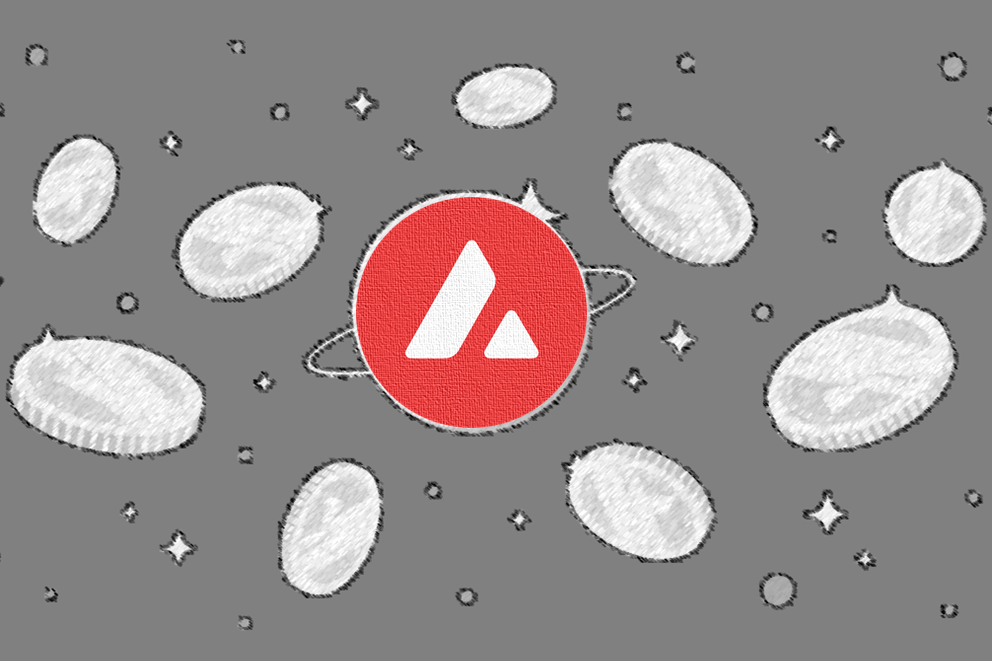2023-05-29

Avalanche is a smart contract blockchain.
It has 1 second time to finality and the network can process 4,500 transactions
per second. Avalanche’s primary network has 3 blockchains; C-Chain, X-Chain,
and P-Chain. Avalanche blockchain has been developed by AVA Labs.

C-Chain (Contract Chain)
C stands for contract. C-Chain uses for smart contracts such as transactions, dApps, games, web3, and NFTs. Most of applications are deployed on C-Chain. It uses Ethereum-style 0x wallet address. MetaMask supports C-Chain. Avalanche’s dApps such as AAVE and TraderJoe use C-Chain.
X-Chain (Exchange Chain)
The purpose of X-Chain is use for
sending and receiving funds. X-Chain has been designed specifically for high
throughput transactions. Gas price on C-Chain can be fluctuated depends on the
network traffic. But X-Chain transaction fees are fixed at 0.001 AVAX. The
disadvantage of X-Chain is that it cannot be used with MetaMask and cannot be
used for DeFi. Users only get access to X-Chain through Avalanche wallet.
P-Chain (Platform Chain)
P-Chain uses for validators. Avalanche’s
validators receive AVAX rewards through P-Chain. Validators who staked AVAX get
rewards from P-Chain.
What chain is for regular users?
C-Chain can be used for everything such
as transactions, DeFi, games, and trading NFTs. For regular users, if you don’t want to
get confused you can use C-Chain for your daily blockchain activities.
In conclusion C-Chain is for regular
usage. X-Chain is for payment, and P-Chain is for staking.
Further reading
The Primary Network | Avalanche Dev Docs (avax.network)
What are the differences between the X, P, and C-chains? | Avalanche Support (avax.network)